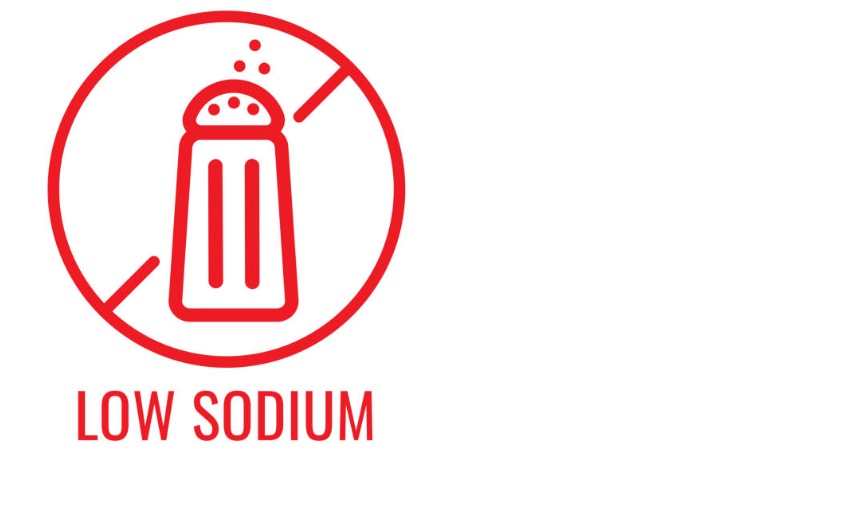Chris Treftlin – Shine at Home
The jury has been in for a long time on smoking. The horrible long lasting and negative effects on our health are clear and as a society we are paying a price for this addiction. Salt, or sodium needs to be placed under a similar level of scrutiny. Let’s be clear, give me a choice between a big piece of cake, or a bag of salty chips, a piece of fried chicken, or some roasted and salted peanuts; I will take the salty food every time. Refined sugar is a problem, but we are going to talk about salt. Funny, that they are both white granulated substances.
Anyway, salt or sodium is a necessary element that we need to live. Sodium in proper amounts allows us to balance our body’s fluid levels, and maintain our muscles and nervous system. I said in the proper amounts. So, what is the proper amount? For a senior there is some debate, however the number somewhere around 1,500 mg per day. As you get older it should come down to 1300 mg, 1100 mg, etc. This is the number you should land on for your sodium intake – 1500 mg. That is what we should consume however most of us eat about 2,300 mg. That is over 50% more sodium then we should eat. Do your own research. Consult your health care provider for the amount of sodium that is right for you.
Here is what happens with too much salt intake. You are increasing the likelihood of high blood pressure, heart decease, and stroke. Too much sodium has a massive negative impact on your kidney and liver. Research is pointing to salts contributing to the development of diabetes. Scared yet? If you are not concerned, I will add one more, Alzheimer’s decease. So, as mentioned earlier, high sodium leads to high blood pressure (BP), and there is a link between high BP and forms of dementia, including Alzheimer’s decease.
There is the learning. Here are the solutions to reduce sodium, if you need to.
| How Do We Get Our Salt* | |
| Added at the Table | 6% |
| Added in Cooking | 5% |
| Naturally Occurring | 12% |
| Prepared Food | 77% |
https://www150.statcan.gc.ca/n1/pub/82-003-x/2006004/article/sodium/4148995-eng.htm – So How much salt is OK?
What should jump off the page at you is the amount of sodium in prepared food. While convenient, any food item cooked in large batches by large food companies will be high, very high, to ridiculously high in sodium. If you don’t believe me, go to your grocery store freezer case and grab a popular, national, frozen food brand and look at the nutrition label. The dinners I recently checked out were between 1000mg and 1200 mg per meal. Remember, you should be eating 1500 mg a day. Food companies add this much salt for a couple of reasons. First, they know people, like me, love salt. Second, sodium is a shelf-stabilizer. Another way to make the meal last longer in the freezer.
Let’s Visualize 1500 mg
Here comes the learning bomb! Go into your utensil drawer and pull out the set of measuring spoons. You will not need to do this if you are a baker. For everyone else this is an essential step. Remember the recommended amount of salt per day is 1500 mg or approximately just over of half a teaspoon. Now, pour salts into the teaspoon measure, and take out one third. That is how much salt you should eat a day.

The Solution
The best and most effective way to get your sodium back in line is to reduce, or eliminate prepared meals from your diet. The good news is that your body and taste buds will adjust to the lower levels of salt in your food. Honestly, now if I get something too salty in my diet, I do not enjoy it. “But I love salt”, you say. Well, I do too. After some consideration I decided my health was more important, is yours?






